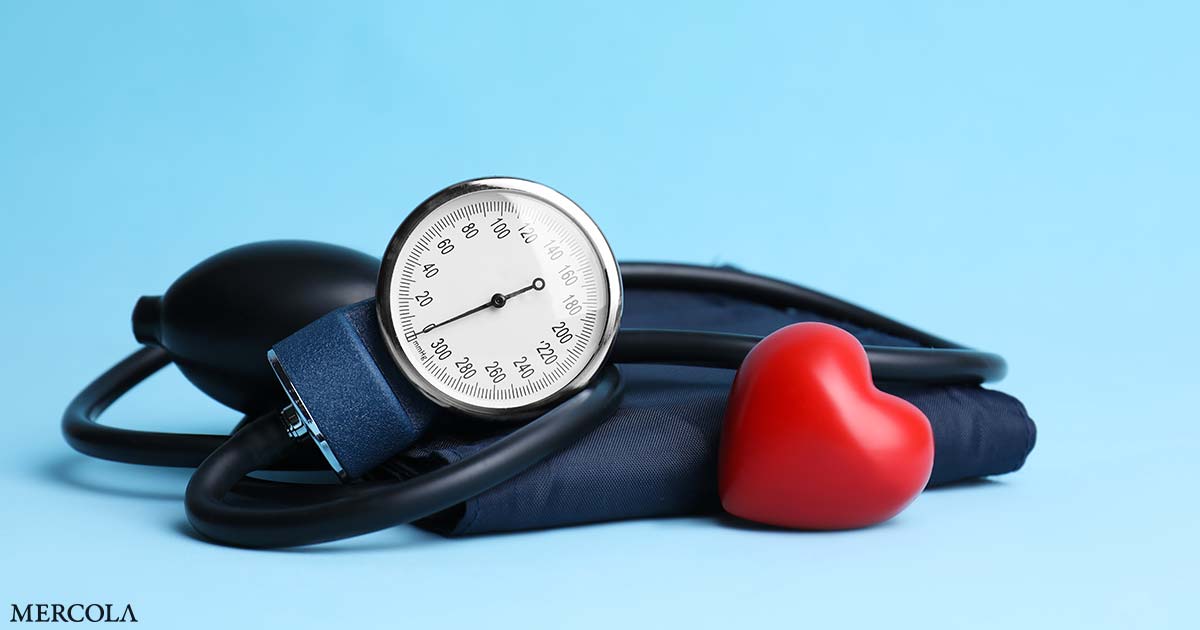If not properly addressed, sleep apnea may result in serious and even life-threatening conditions. Excessive daytime sleepiness, hypertension, and heart failure may be some of the numerous dangers of sleep apnea. But these effects on health can be eliminated by use of a sleep apnea device that allows sufficient flow of air into the lungs.
Here are the common airflow devices available for people with sleep apnea. Though they work differently, their effect is one and the same: less or, at best, no sleep apnea events.
1. Continuous positive airway pressure (CPAP)
The most common airflow device, CPAP comes with a machine, tubes, and a mask worn over the nose. But if the person breathes with the mouth while sleeping, a full-mask, which also covers the mouth, is more apt to use. CPAP works by providing pressurized air into the body, thereby pushing the tongue forward and opening the airway. CPAP is normally recommended to people with moderate to severe obstructive sleep apnea, though it is also shown to be effective in people with central sleep apnea. CPAP is available only upon doctor’s prescription.
However, CPAP is said to be a bit uncomfortable to use. Some, if not totally abandoning its use, tend to wear CPAP only for a few hours or a few days. It is for this reason that new improvements in CPAP were initiated. CPAP manufacturers, for instance, created heated humidifier to provide warm and moist air. This consequently prevents dry mouth and sore throat, the common side effects of CPAP. Ramps are also new CPAP features. They are set to provide low pressure at the onset of sleep and gradually increase it for the whole duration of sleep.
2. Bi-level positive airway pressure (BiPAP)
Unlike CPAP that pushes a steady level of pressure into the airway the entire sleep, BiPAP provides varied levels. Upon exhalation (breathing out), BiPAP decreases the pressure and increases it upon inhalation (breathing in). BiPAP, however, may be a little more expensive than CPAP, but some find that the varying levels of pressure it provides are more comfortable and tolerable than one, constant level CPAP offers.
3. Adaptive servo-ventilation (ASV)
ASV stores breathing patterns and information in a built-in computer and uses it to prevent airflow disruptions. It does so by releasing pressure that in turn normalizes the breathing process. Compared to CPAP and BiPAP, ASV is a newly approved device. ASV has been said to produce higher success rate in addressing central sleep apnea.
4. Mouthpiece
Mouthpieces, also called oral appliances, are now commonly used to prevent breath pauses in sleep. Because they are easier to use, cheaper and smaller, they have become the alternative to CPAP. When before their use was only limited to mild and moderate obstructive sleep apnea, mouthpieces are now found effective in treating severe cases.
One of the most common mouthpieces is mandibular advancement device (MAD). Made by a dentist or orthodontist, MAS is custom-fit and looks like an athletic mouth guard. It prevents sleep apnea events by pushing the lower jaw forward and adjusting the tongue, keeping it from blocking the airway. Tongue retaining device (TRD) is another common sleep apnea device.
Held by the teeth, TRD places the tongue forward and keeps the airway open. MAS and TRD need to be prescribed by the doctor and should be FDA approved. Visits to the dentist are necessary for periodic fitting, check-up, and other concerns that may rise from using these sleep apnea devices.


